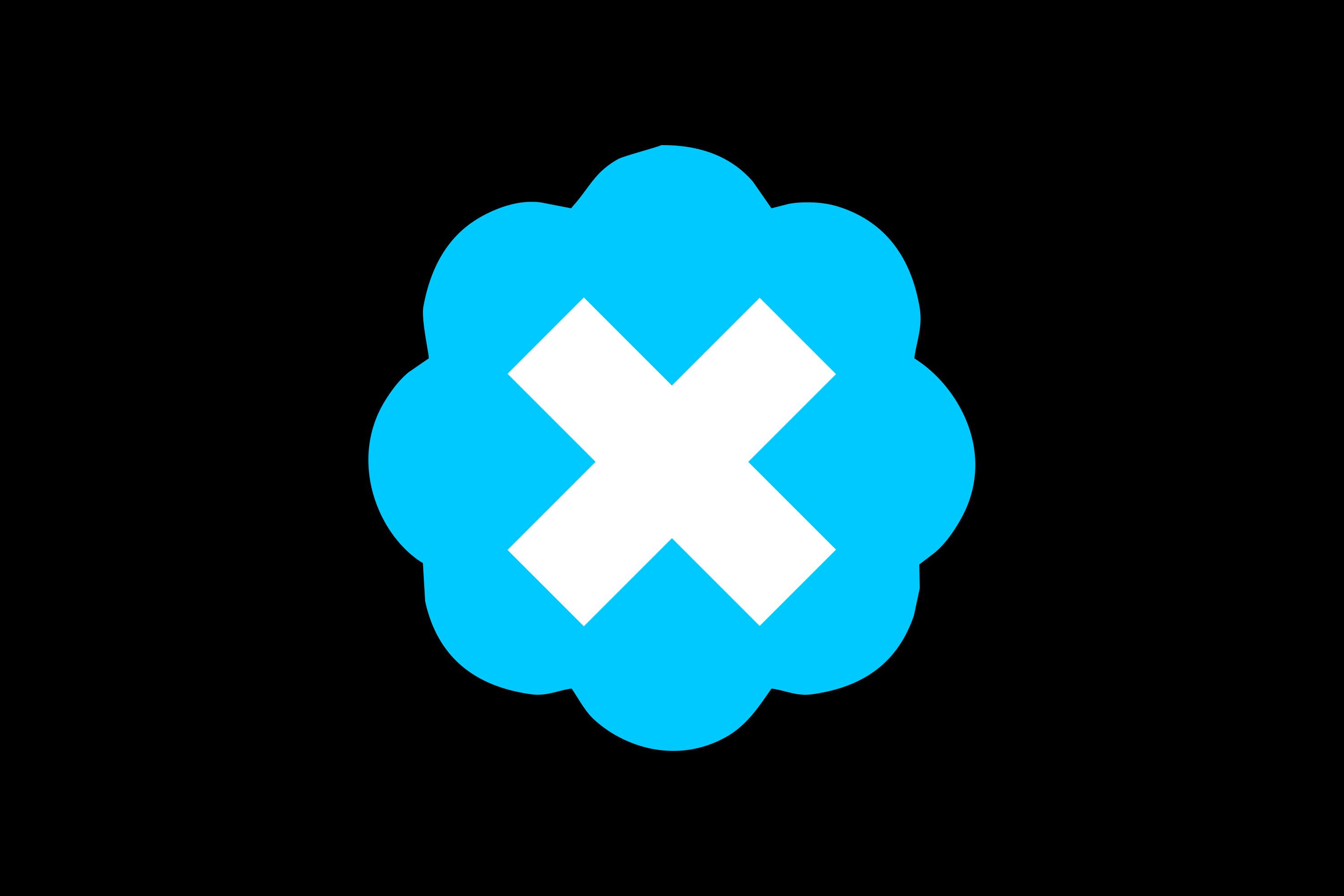
A handful of white supremacists no longer have aspirational blue check marks next to their Twitter handles, thanks to a surprise mass de-verification Twitter implemented on Wednesday evening. The digital badge collection took place immediately after the company introduced revamped guidelines for its verification process. “Verification has long been perceived as an endorsement,” wrote Twitter Support. “We gave verified accounts visual prominence on the service which deepened this perception. We should have addressed this earlier but did not prioritize the work as we should have.” The new rules give Twitter the right to remove verification “at any time without notice” for violating its policies against hate speech and harassment “on and off Twitter.”
Shortly after the announcement, check marks began disappearing. Those immediately affected are a who’s who of the alt-right. They include prominent white supremacist Richard Spencer, a.k.a. the guy who was sucker punched while explaining Pepe the frog, Jason Kessler, the organizer of the Unite the Right rally in Charlottesville, and Laura Loomer, a far-right blogger who was recently banned from using Lyft and Uber because of racist remarks she made about Muslims after the recent terrorist attack in New York. Meanwhile, Tim “Baked Alaska” Gionet, a former BuzzFeed employee and tour manager for Milo Yiannopoulos, was permanently banned from Twitter. At least one liberal journalist, Mel Magazine’s Miles Klee, was temporarily suspended from the platform—ironically for an angry tweet he sent to Kessler on November 8, the day Twitter verified the rally organizer.
How Twitter got into the business of verifying and de-verifying white supremacists in the first place speaks to the platform’s deep-seated struggle to balance free speech with user safety. Like so many of the world’s major social media networks, the company has been careful to toe the line between detached service provider and morally conscious moderator—the latter of which would require it to make human decisions, and therefore invest in significantly more human resources. On the few occasions that the platform has decided to ban or suspend users, it has offered very little insight as to how those cases might inform its user behavior policies as a whole. (Perhaps in part because then it might have to reckon with the fact the current U.S. president violates them.) But after the platform verified Kessler earlier this month, CEO Jack Dorsey responded to public outcry by acknowledging that Twitter’s verification policy was past due for a rewrite.
“Our agents have been following our verification policy correctly, but we realized some time ago the system is broken and needs to be reconsidered,” Dorsey tweeted. “And we failed by not doing anything about it.”
Prior to Wednesday night’s changes, Twitter had never publicly acknowledged the meaning or weight carried by a little blue check mark. What the company described as a way to authenticate a person’s identity also implied a level of importance reserved for high-profile celebrities, politicians, and media personalities. In fact, according to a recent Motherboard report, Twitter employees internally referred to verified users as “Very Important Tweeters.”
When the company switched to a system that allowed users to apply for verification in the summer of 2016, it opened the floodgates for a population of unsavory characters to benefit from that unspoken approval. Even if Twitter’s official stance on verification was that it simply proved a person’s identity, it also came with perks. The platform elevated verified users by giving them additional timeline tools, and surfacing them in recommendation feeds and searches—the social media equivalent of bottle service at a crowded club. And when Kessler was verified, he acknowledged it as such. “Looks like I FINALLY got verified by Twitter,” he wrote. “I must be the only working class white advocate with that distinction.”
Twitter’s decision to reconsider its verification of white supremacists shouldn’t be applauded, because it never should’ve happened in the first place. Giving any sort of legitimacy to that group is an inherently vile thing to do, and proof that the social network has grown unwieldy under its current structure. Still, that Dorsey quickly recognized a clear issue in Twitter’s neglected realm of user safety, admitted the company could do more, and took decisive action is ... something. The company has long been criticized for implementing useless updates while ignoring more daunting issues of abuse. This time, it listened to impassioned user feedback, and tackled a much more complicated aspect of its network.
But now that Twitter has finally decided to act human, it must continue to dedicate actual human resources to doing so. “Instead of making verification about identity, now begins an endless, unresolvable series of editorial decisions that they'll be forced to defend,” former Twitter corporate development manager Menotti Minutillo tweeted on Wednesday night. “There will also be a torrent of nose-thumbing from one crowd to another as badges get removed.” Minutillo is correct. Alt-righters are now criticizing Twitter’s move as politically motivated and characterizing their right to check marks as a matter of free speech. They have positioned themselves as martyrs and gone so far as to quote Martin Niemöller. Several have called for the privately owned company to be regulated like a public utility. No algorithm will be able to grapple with the backlash Twitter faces as it implements its new policies.
Moving forward, Twitter must now make thoughtful decisions about who it allows past its digital velvet rope, and explain those decisions with nuance and clarity. If the company had chosen to do this quietly behind the scenes long ago, maybe it could’ve avoided (or at least lessened) the band of hateful trolls now trailing behind it.